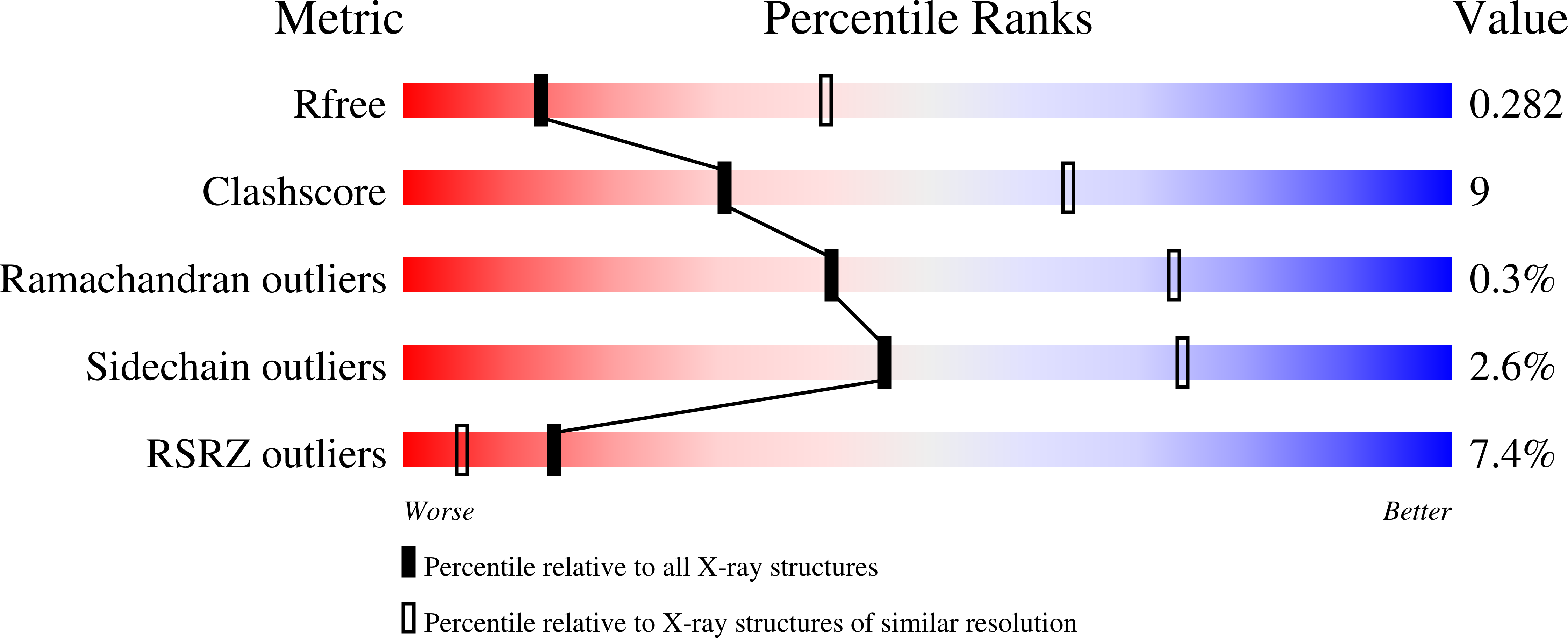
Deposition Date
2023-05-08
Release Date
2024-03-13
Last Version Date
2024-11-06
Entry Detail
PDB ID:
8OZ3
Keywords:
Title:
Crystal structure of scFv ATOR 1017 bound to human 4-1BB
Biological Source:
Source Organism:
Homo sapiens (Taxon ID: 9606)
Host Organism:
Method Details:
Experimental Method:
Resolution:
3.10 Å
R-Value Free:
0.27
R-Value Work:
0.20
Space Group:
P 2 21 21


